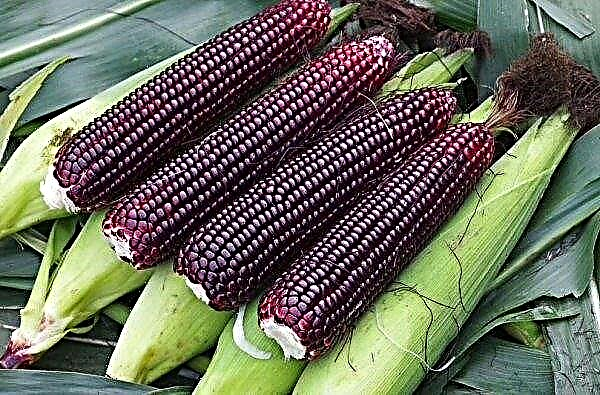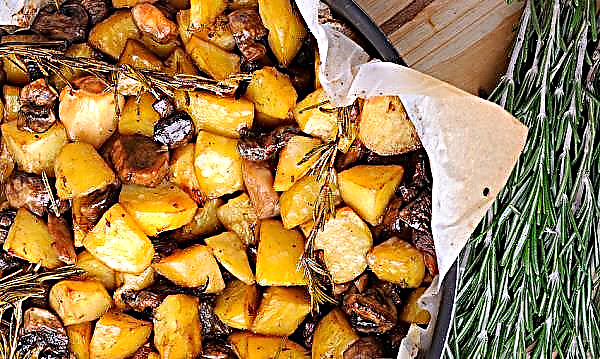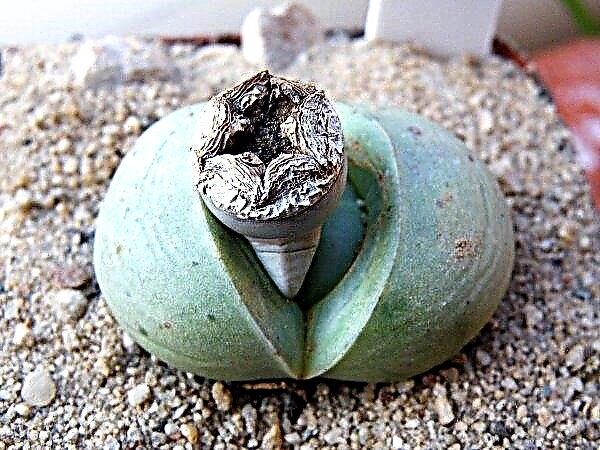Amaranth cultivation in the countries of Central and North America has long roots. Even the ancient Incas prepared ritual dishes and drinks from this culture, by the way, thanks to which the amaranth did not get to Europe before - because of the “ritual” past, the Spanish colonialists banned its export from America.
Check out

Interest in amaranth, thanks to new technologies and research, revived in the 70s of the last century and the United States holds the lead in industrial cultivation of culture.
In addition to the United States, industrial-scale culture is cultivated in China, Russia, Eastern European countries and South America.
Today, as in the days of the ancient Aztecs, the main quality that culture is valued for is its nutritional value. By a high level of protein content (14-16%), only legumes can be compared with amaranth. In addition, the culture has an amazing balance of amino acids and a high content of lysine - an amino acid that is not found in many grains. Another valuable property is drought tolerance, which is manifested in the fact that the stems that have died from drought are able to quickly recover with the first rain.
Now there are over 100 types of crops, but only three types are used to obtain food grains.
In the USA, amaranth is cultivated solely for the sake of grain, later it is ground into flour, which is then mixed with other flour to produce a variety of cereals, cookies and various pastries.
In the United States, a ton of amaranth now costs about $ 900, and organic amaranth is 60% more expensive. The average crop yield is about one and a half tons per hectare, and the costs are comparable to the costs of sorghum or soy.












